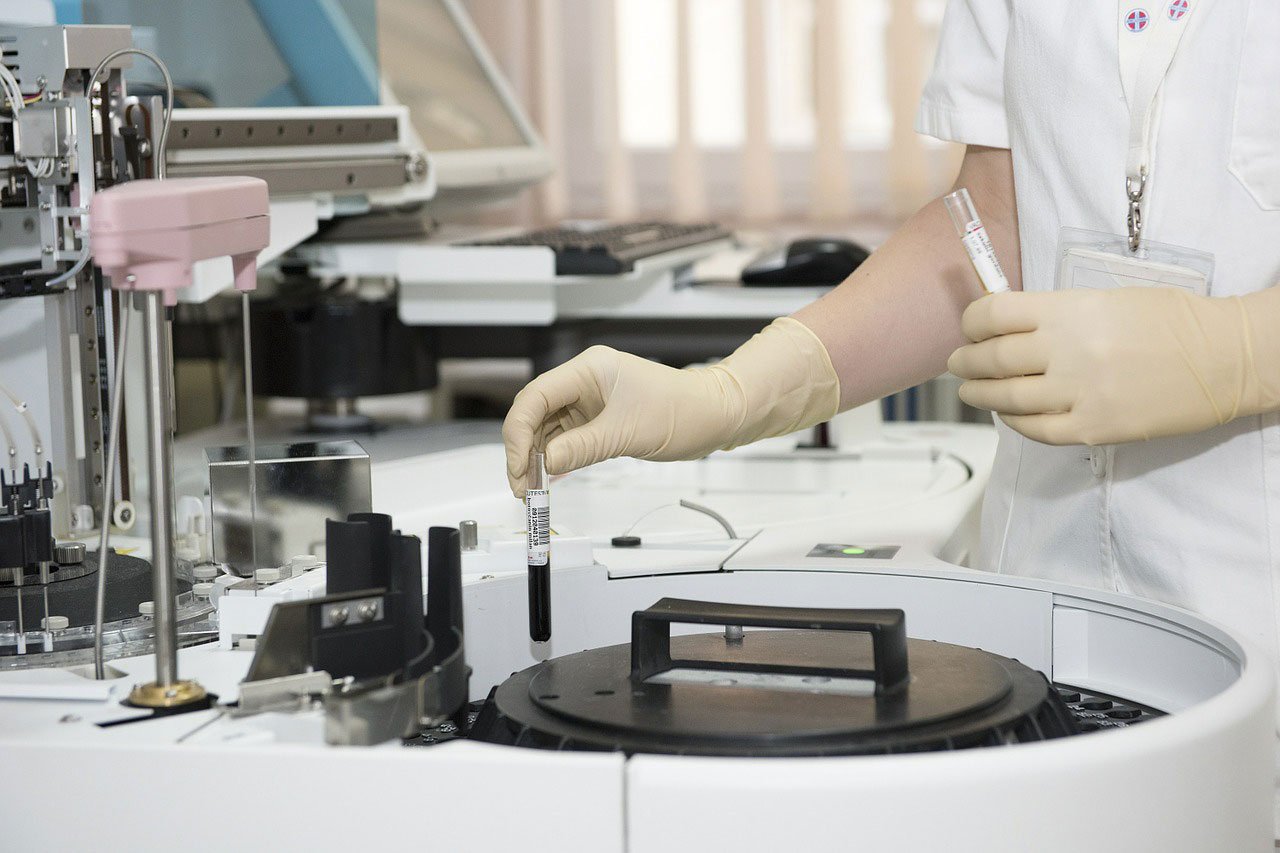Modern laboratory testing has greatly advanced over the years, providing healthcare professionals with powerful tools for diagnosis, monitoring, and treatment guidance. Here are some key aspects of modern lab testing:
- Automation and Robotics: Many laboratory processes have been automated, leading to increased efficiency, accuracy, and throughput. Robotics are used for tasks such as sample handling, pipetting, and plate reading, reducing the risk of human error and improving turnaround times.
- High-throughput Screening: Advanced instrumentation allows laboratories to process large numbers of samples quickly and efficiently. This is particularly important for screening tests, such as those used in population health studies or for early detection of diseases like cancer or infectious diseases.
- Molecular Diagnostics: Molecular techniques, such as polymerase chain reaction (PCR), nucleic acid sequencing, and gene expression analysis, have revolutionized diagnostic testing. These methods can detect pathogens, identify genetic mutations, and assess gene expression patterns with high sensitivity and specificity, enabling personalized medicine approaches and targeted therapies.
- Point-of-Care Testing (POCT): POCT devices allow for rapid testing at or near the patient’s location, providing real-time results that can inform immediate clinical decisions. Examples include blood glucose monitors, rapid influenza tests, and handheld devices for monitoring cardiac markers or coagulation status.
- Next-Generation Sequencing (NGS): NGS technologies enable the rapid sequencing of entire genomes or specific regions of interest. This has broad applications in genetic testing, cancer diagnostics, infectious disease surveillance, and pharmacogenomics.
- Immunodiagnostics: Immunoassays remain a cornerstone of laboratory testing, detecting analytes such as hormones, proteins, antibodies, and antigens. Advances in immunoassay technology have led to increased sensitivity, specificity, and multiplexing capabilities, allowing for the simultaneous measurement of multiple analytes in a single sample.
- Bioinformatics and Data Analysis: The vast amounts of data generated by modern lab tests require sophisticated bioinformatics tools for analysis and interpretation. Data mining, machine learning, and artificial intelligence algorithms help extract meaningful insights from complex datasets, aiding in diagnosis, risk stratification, and treatment selection.
- Remote Monitoring and Telemedicine: With the rise of telemedicine, remote monitoring devices play an increasingly important role in healthcare. Patients can collect samples at home using self-testing kits for parameters like blood pressure, blood glucose, or cholesterol levels, with results transmitted securely to healthcare providers for interpretation and follow-up.
